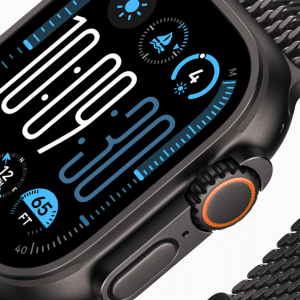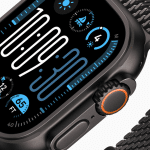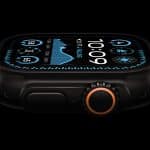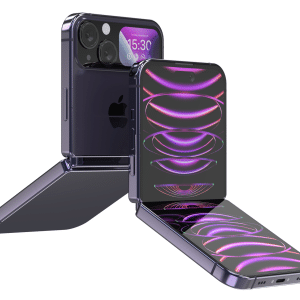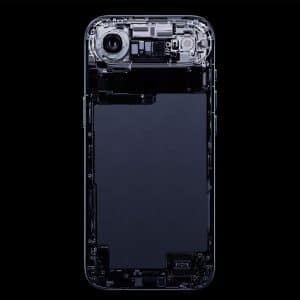The blood oxygen monitoring feature, while not FDA-approved for medical use, has been a popular tool for users tracking general health metrics, especially during the pandemic when respiratory health gained attention. Its removal from U.S. models has sparked frustration among consumers, with some expressing hope for a swift resolution to restore the feature. Apple’s attorney, Joseph Mueller, emphasized that the ban “deprived millions of Apple Watch users” of a valuable health tool, arguing that the ITC’s decision overreached by penalizing Apple based on a hypothetical competitor product.
Masimo, however, contends that Apple is attempting to sidestep established patent law. Their attorney, Joseph Re, argued that a finished product isn’t required for a valid patent claim, and Masimo’s innovations were unfairly used by Apple. The company also alleges that Apple poached key employees and accessed trade secrets, escalating the dispute beyond mere patent infringement. This legal tug-of-war has already impacted Apple’s market, with a reported drop in smartwatch shipments in 2024 partly attributed to the feature’s absence.
Technical and Legal Maneuvers
To comply with the ITC’s ruling, Apple disabled the blood oxygen feature via software updates on U.S. models, leaving the hardware intact but non-functional. This workaround allowed Apple to resume sales after a brief pause in December 2023, when the ban was temporarily lifted by the Federal Circuit. However, the reinstatement of the ban in January 2024 forced Apple to sell modified watches with part numbers ending in “LW/A,” clearly marking them as lacking pulse oximetry functionality. International models remain unaffected, retaining full access to the feature.
Apple is exploring multiple paths to resolve the issue. The company is reportedly working on a software update to adjust the blood oxygen app’s algorithms, aiming to avoid Masimo’s patented technology. However, Masimo insists that a hardware change is necessary, casting doubt on the effectiveness of a software-only fix. Apple could also settle with Masimo or develop an entirely new blood oxygen sensing method, but no settlement talks have been confirmed, and hardware redesigns could take months or years.
What’s Next for Apple and Masimo?
The Federal Circuit’s three-judge panel raised questions about whether Masimo’s undeveloped device justified the ITC’s ruling, suggesting skepticism about the ban’s foundation. A decision is expected later this year, which could either restore the feature or uphold the restriction until Masimo’s patents expire in August 2028. For now, Apple Watch users in the U.S. purchasing new devices are left without blood oxygen monitoring, though those with pre-ban models or international versions retain access.
The dispute highlights the challenges tech giants face in navigating intellectual property battles, especially in the competitive health tech space. Apple’s ongoing appeal underscores its commitment to reinstating the feature, but the outcome remains uncertain. As the case unfolds, users await clarity on whether this health tool will return to their wrists or remain locked behind a legal stalemate.
A Broader Impact on Innovation
This legal clash isn’t just about one feature—it reflects the broader tension between innovation and intellectual property rights. Apple’s ability to restore blood oxygen monitoring could set a precedent for how patent disputes are handled in wearable tech, where health features are increasingly central. Meanwhile, Masimo’s push to protect its technology raises questions about how smaller firms can compete against industry giants. For consumers, the outcome will determine whether a key health metric remains accessible or becomes a casualty of corporate rivalry.




